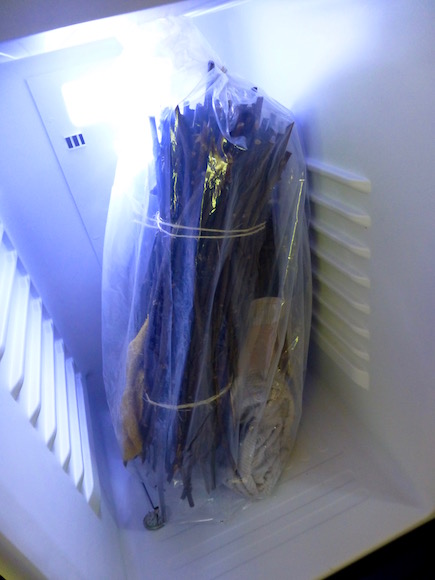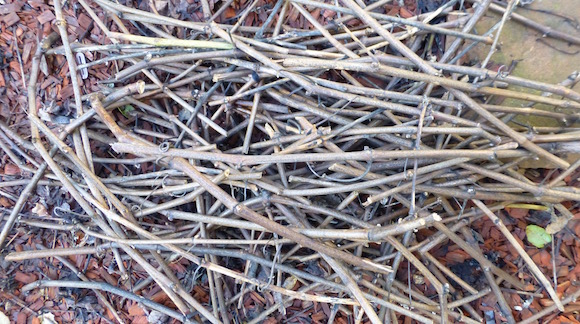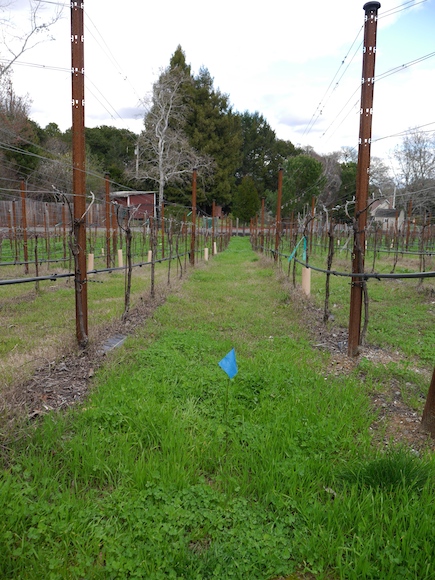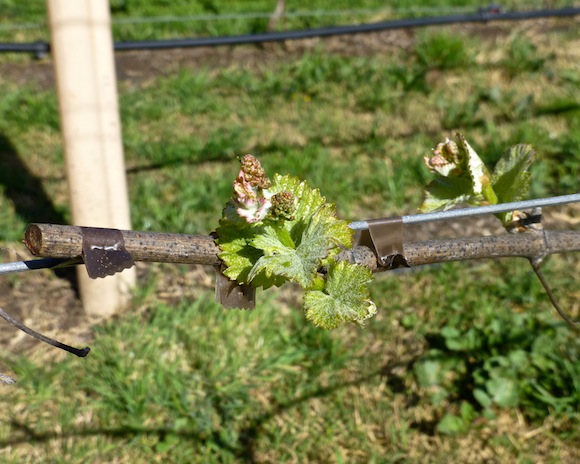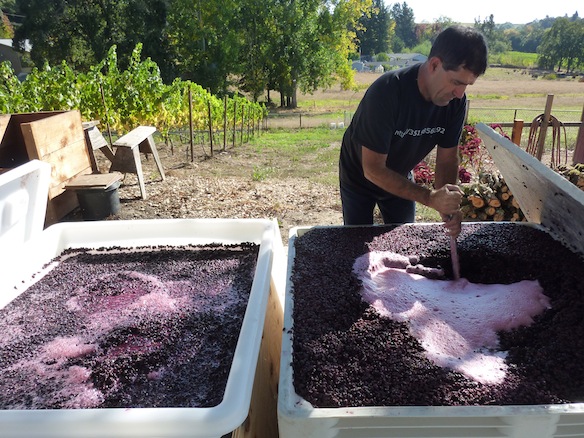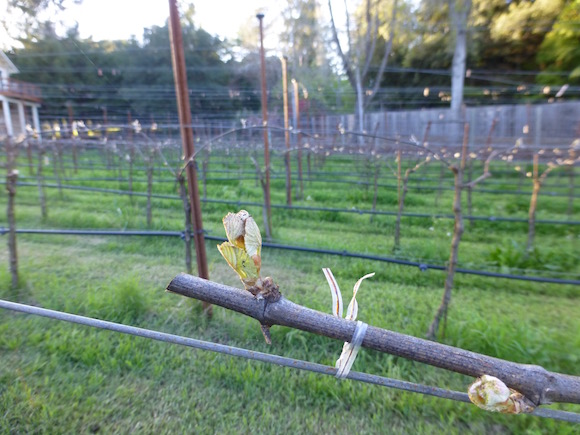
Bud break this year was 3/14, almost 3 weeks later than last year which is a very good thing! Based on my predictions the last 4 years we have averaged 183 days from bud break to harvest. This year we will delay a week for riper fruit…so my prediction is 9/20/16.
How much you ask? Well, this last year we had a disastrous fruit set which resulted in a 60+% loss in fruit. After all is said and done with new bench graft plantings and grafting over the Merlot we will have 3000 vines. I’m estimating a 90% efficiency at 3.5 pounds/vine. I’m hoping for a better fruit set than that, but still being cautious I’m guessing 4.7 tons of Pinot Noir and 350 pounds of Sauvignon Blanc.
I’ll offer a free bottle of wine to the person who comes closest to the pounds of Pinot grapes we harvest this year. Post here on my Turtle Vines Facebook page in the next week or email me and I’ll publish the names and guesses…and we will see who wins 5 1/2 months from now.
Stay tuned for the results!
